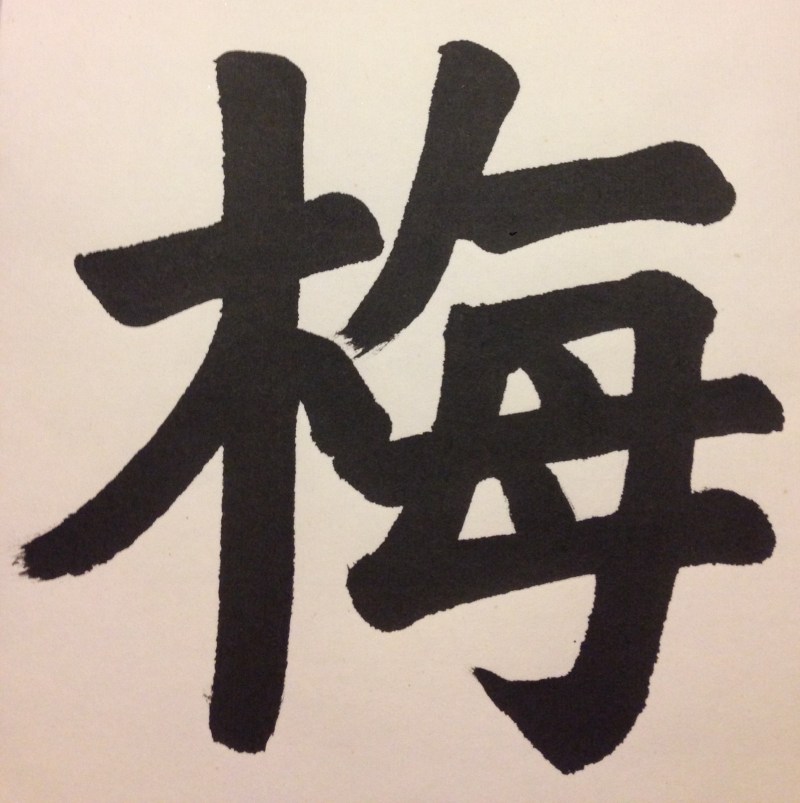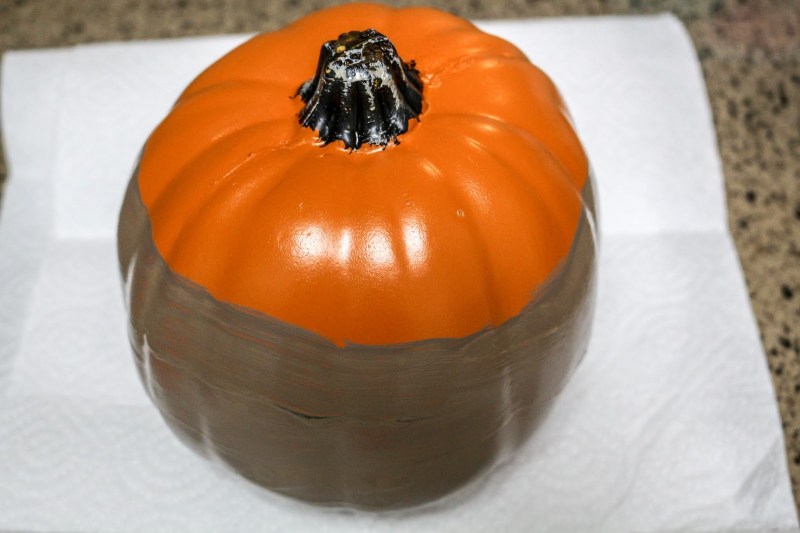Mei Japanese Meaning – Prunus mume is a Chinese tree species classified in Armiaca gus Prunus subgus Prunus. Its common names include Chinese plum,
And Japanese apricots. The flower, which has long been a favorite subject of traditional paintings and poetry in East Asia and Vietnam, is commonly called the plum flower.
Mei Japanese Meaning

In East Asian cuisine (Chinese, Japanese and Korean) and in Vietnam, the fruit of the tree is used in juice, as a flavoring for alcohol, as a pickle and sauce. It is also used in traditional medicine.
Ultimate Guide To Ordering Food In Japanese
Prunus mume should not be confused with Prunus salicina, a related species that is also grown in China, Japan, Korea and Vietnam. Another tree, Prunus japonica, is also a distinct species, although it has a Latin name similar to the common name Prunus waxum.

Korea and Vietnam. It can be found in sparse forests, along riverbanks, along trails and in wooded hillsides, sometimes at elevations of 1,700–3,100m (5,600–10,200 ft), and in cultivated areas. can be found.
Prunus mume is a deciduous tree that starts flowering in mid-winter, usually from January to February in East Asia. It can grow to a height of 4-10 meters (13-33 feet).

Japanese Calligraphy Meaningprofit Advantage Benefit Stock Vector (royalty Free) 440814136
Leaves appear shortly after leaf fall, are oval in shape and 4-8 cm long and 2.5-5 cm wide.
The fruit is harvested in early summer in East Asia around June and July, coinciding with the East Asian rainy season, Mayu (梅雨, “plum rain”).

When ripe, the skin turns yellow, sometimes with a red tint, and the flesh turns yellow. The tree is cultivated for its fruit and flowers.
What Your Name Sounds Like After Applying These Japanese Words,im Indian Tho But Still My Name Sounds
The scientific name combines the Latin prunus (“plum”) and the obsolete Japanese 梅 (moma, “plum”). This plant is known by many different names in English, including Chinese plum
The flower is known as Meihua (梅花) in Chinese, which translates as “plum flower”.
The term “winter plum” can also be used, especially in Chinese painting in connection with the depiction of the flower at the beginning of the blossom.

Watch Love Live! Superstar!!, Season 2 (original Japanese Version)
In Chinese it is called mei (梅) and the fruit is called mezi (梅子). The Japanese name is ume (kanji: 梅; hiragana: うめ), while the Korean name is misel (Hangul: 마실; hanja: 梅實). The Japanese and Korean terms are derived from Middle Chinese, which is pronounced muəi.
The Vietnamese name is mai or mội (although mai vàng refers to another plant in southern Vietnam, Ochna integerrima).

Ornamental tree species and species of P. mume are cultivated in various parts of East Asia for planting and for cuttings used in flower arrangements.
Studio Ghibli Releases Soot Sprite Erasers!
It is classified according to phylogenetics (P. mume and two hybrids) according to branches, types of branches and flower characteristics in several species:

It is located in Fujian Province, China. It is known from only one district, Jhag. It is a 35 to 40 m (110 to 130 ft) tall tree that grows to an altitude of 700 to 1,000 m (2,300 to 3,300 ft). The yellow fruit is delicious and indistinguishable from P. mume except for height.
In Japan, Prunus mayum ornamental cultivars are classified into yabi (wild), hebai (red) and bungo (Bongo province) varieties. Bango trees are also grown for their fruit and are hybrids between Prunus mume and apricot. Hebi trees are red in color and mostly have red flowers. Yabi tree is also used as grafting material. Among the yabi trees, nankom is the most popular variety in Japan,

The Basics Of Japanese Names: How They Are Chosen, Written, And Read
In China and Taiwan, swanmitang (酸梅湯; “melon plum juice”) is made from smoked plums called wumi (烏梅).
The juice of the plum is extracted by boiling the smoked plums in water and sugar to produce swin metang.

It is pink-orange to purple-black in color and often has a smoky and slightly salty taste. It is traditionally flavored with sweet osmanthus flowers and is enjoyed chilled, usually in summer.
How To Order Food In Japanese
In Korea, both flowers and fruits are used to make tea. Mahwa-cha (매화차, 梅花茶; “plum flower tea”) is made by steeping the flowers in hot water. Maesil-cha (매실차, 梅實茶; “plum tea”) is made by mixing water with maesil-cheong (plum syrup) and served either hot or cold. In Japan, the same drink is made from beer, is sweet and savory, is considered a cool, refreshing drink, and is often enjoyed in the summer.

Plums are also used to make a thick sweet Chinese sauce called meijiang (梅醬) or mijijiang (梅子醬), usually translated as “plum sauce”.
With other ingredients like sugar, vinegar, salt, ginger, pepper and garlic. Like duck sauce, it is used as a flavoring in a variety of Chinese dishes, including chicken and egg dishes.

Snakku: Authentic Japanese Snacks
In Korea, maesil-cheong (매실청, 梅實淸, “plum syrup”), an antimicrobial syrup made from the sugar of ripe plums, is used as a snack and sugar substitute. It can be simply mixed with beer and sugar and left for about 100 days.
To make syrup, the ratio of sugar to sugar should be at least 1:1 to avoid fermentation, which can turn the liquid into beer wine.

The berries can be removed after 100 days and the syrup consumed immediately or aged for a year or more.
The Joy Luck Club
In Korea, hojeon (화전, 花煎; “flower pancake”) can be made from plum blossoms. Pancakes called mahua jeon (매화전, 梅花煎; “plum blossom pancake”) are usually sweet, with honey as an ingredient.

Plum wine, also called plum wine, is popular in both Japan and Korea and is also produced in China. Omeshu (梅酒; “plum wine”) is a Japanese alcoholic beverage made from green plums in shochu (clear wine). It is sweet and soft. In Korea, a similar wine, called Mycel-ju (맘실주, 梅實酒; “plum wine”), is sold under various brands including Mae Hwa Soo, Michsun, and Seoljungma. Both Japanese and Korean varieties of plum liqueur are available with whole plums in the bottle. In China, plum wine is called Meiji (梅酒).
In Taiwan, a popular innovation of plum liquor in the 1950s compared to Japanese plum liquor is womejiu (烏梅酒; “smoked plum liquor”), which is made by mixing two types of plum liquor, mejiu (梅酒). . mome and they pour (李酒) made from P. salicina and oolong tea liquor.

Top Japanese Names In 2021: What Are New Parents Naming Their Children?
In Vietnam, cooked pods are soaked in rice liquid. The resulting wine is called lương mơ. The selling brand of plum liqueur is Sơn Tinh.
In Chinese cuisine, plums pickled with vinegar and salt are called swanmeizi (酸梅子; “bad plum fruit”) and have a distinctly salty taste. They are made from unripe plum fruits. Huamei (話梅) is Chinese preserved plums and refers to Chinese plums pickled in sugar, salt and herbs. There are two types of geral: the dry type and the wet (pickled) type.

Ambushi (梅干) are pickled and dried plums. They are a Japanese specialty. Pickled with a little salt, they are very salty and sweet, so eat them sparingly. They are often red in color when purple glass leaves are used. The berries used to make ambushi are harvested in late May or early June, while they ripen to yellow and are washed with plenty of salt.
Your Simple Guide To Choose A Cute Japanese Name
At the end of August, they are loaded with heavy stones (or some more modern adaptation). They are dried in the sun on bamboo mats for several days (they return to salt at night). The flavonoid red in shiso leaves gives them a unique color and delicious taste. Amboshi are typically eaten with rice as part of a BTO (boxed meal), although they can also be used in makizushi (rolled sushi). Amboshi is also used as a popular filling for rice balls (onigiri) wrapped in lavaro. Makizushi can be made from plums with umeboshi or bainiku (umeboshi paste), often combined with gray shiso leaves. A byproduct of umeboshi production is umeboshi vinegar, a salty, sweet flavor.

In Korean, there is “Misel-Jungaji” which is similar to “Ambushi”. This is a common side dish in Korea.
A very similar type of pickled beer, xí muội or ô mai, is used in Vietnamese cuisine. The best fruit for this is from the forest around Hung Pagoda in Ha Tai Province.

Chinese Baby Names For Boys And Girls
The plum blossom, known as Meihua (梅花), is one of the most popular flowers in China and is often featured in Chinese art and teacher poetry.
The flowers are very popular because they are seen as the brightest flowers amidst the winter snow, radiating heavenly beauty,

While their fragrance still wafts gently into the air during the colder seasons of the year.
Topic · Pop Culture · Change.org
Therefore, the plum blossom is a symbol of perseverance and hope, as well as the beauty of life, purity and transience.

More specifically, since the 20th and early 20th centuries, it has also been used as a metaphor as a symbol of revolutionary struggle.
Because it blooms in the cold winter, the plum blossom is considered one of the “Three Winter Fruits” along with the pomegranate and the bamboo.

Japanese Girl Names (and Meanings)
The plum blossom is also considered one of the “Four Glimpses” of flowers in Chinese art.
Mei in japanese, mei japanese restaurant, mei japanese, mei sushi japanese restaurant, mei japanese steak house, mei japanese steak house and sushi restaurant, mei hibachi japanese steak house, mei meaning japanese, mei japanese restaurant cincinnati, mei name meaning japanese, mei meaning, mei japanese name


